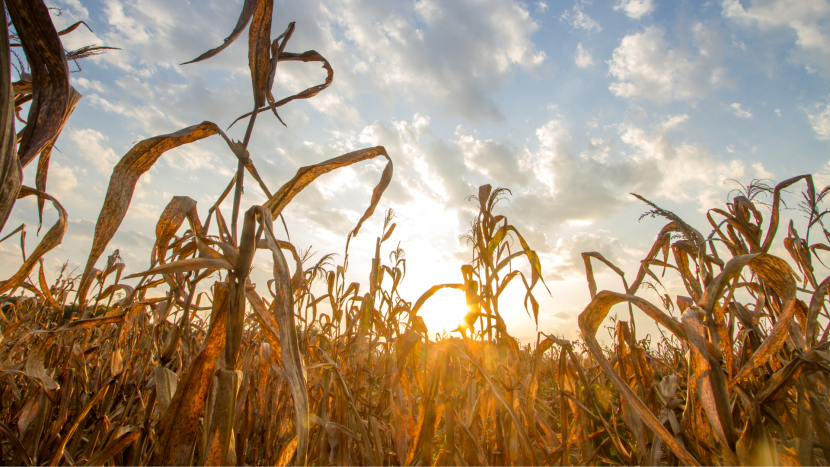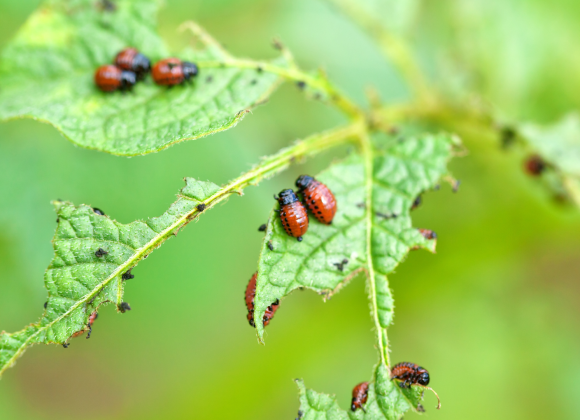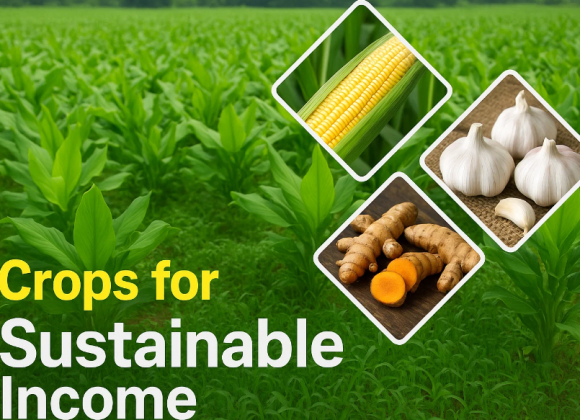Agriculture is essential for providing food, raw materials, and employment to millions of people, supporting both local and global economies. However, farming depends largely on the weather, but climate change is making it more challenging to grow crops. Rising temperatures, unpredictable rainfall, and extreme weather events like droughts and floods are damaging soil, reducing water availability, and lowering crop yields. These changes also increase the spread of pests and plant diseases, making farming even more uncertain. As a result, many farmers face financial struggles, and food prices can rise due to lower harvests. If we don’t take action to protect agriculture, it could lead to food shortages and economic difficulties. Understanding these challenges is crucial so we can develop better ways to conserve water, improve soil health, and make farming more sustainable for the future.
Reasons behind climate change
There are many reasons behind climate change, and here are some of the main ones.
1. Atmospheric Gases Behind Climate Change
There are some gases in the air that are capable of trapping heat from the sun and making the earth warmer. They are called greenhouse gases, which include carbon dioxide (CO₂) from burning fuels in cars and factories, methane (CH₄) from livestock and landfills, and nitrous oxide (N₂O) from fertilizers. Human activities have greatly increased these gases, because of which climate change occurs. With the increase in the temperature of Earth, weather conditions become erratic, leading to droughts and floods with unpredicted rainfall patterns. Consequently, this affects agriculture directly by drying water sources, destroying soil, and making crop production more difficult.
2. Manufacturing and Industrialization
Factories and industries play a big role in climate change because they release a lot of pollution into the air. When factories burn fuels like coal, oil, and gas to make products, they produce carbon dioxide, which traps heat and makes the Earth warmer. Industrial processes also release other harmful gases, such as methane and nitrous oxide, which add to the problem. In addition, factories use a lot of energy and water, leading to more environmental damage. Smoke and waste from industries can also pollute the air and water, making it harder for people and animals to stay healthy.
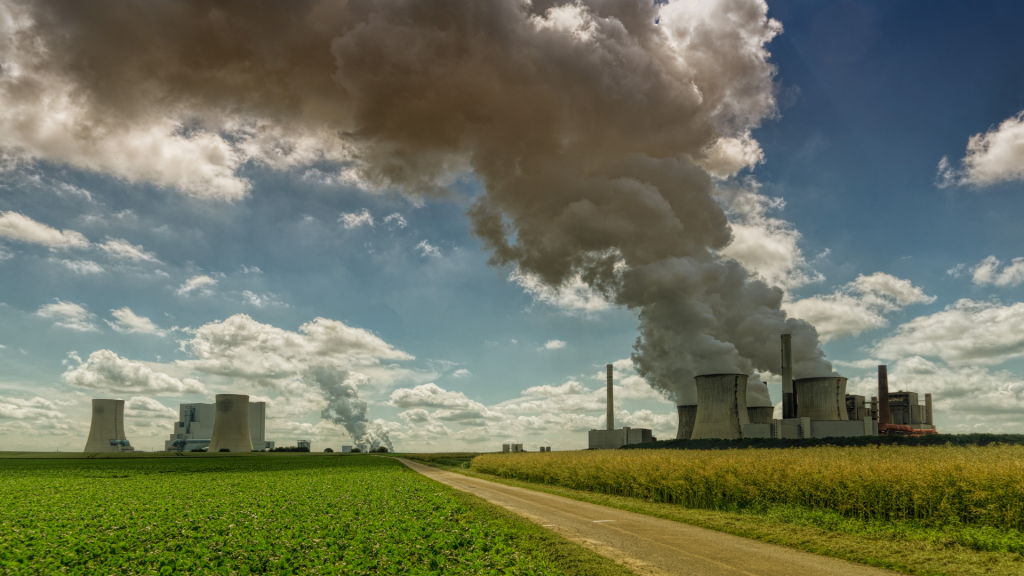
3. Deforestation
Cutting down trees can change the weather patterns and increase the temperature of the earth. Trees purify the air by absorbing carbon dioxide, a heat-trapping gas. When trees are cleared to allow for farming, construction, and other purposes, there are fewer trees available to absorb carbon dioxide. Consequently, this leads to an increase in temperature. Moreover, apart from that, when they are burned or when they rot, they release even more carbon oxyde to the air, worsening the situation. Less tree cover also means that the land will become drier, forcing rainfall to be more unpredictable and allowing for more possibility of droughts and floods.
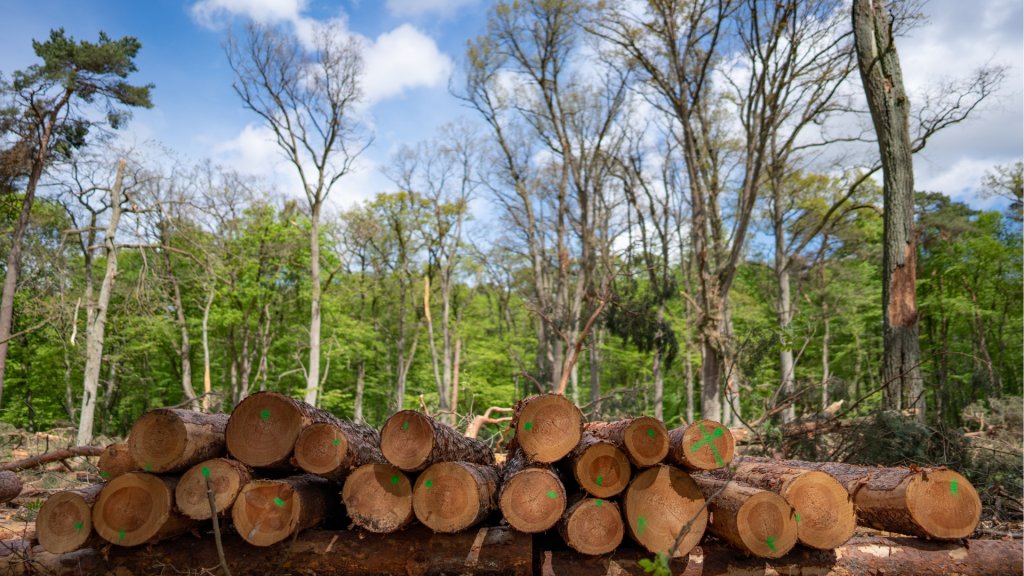
4. Volcanic eruptions
Volcanic eruptions can influence the climate since they release significant amounts of gases and particulate matter into the atmosphere. Volcanoes release carbon dioxide to the atmosphere upon eruption, contributing to global warming; with that being said, they also eject sulfur dioxide that forms minute particles that reflect away the sunlight from the Earth to produce temporary cooling. Major volcanic eruptions are known to bring down temperatures for months and even years due to blocking sunlight. Moreover, ash clouds can disrupt agricultural production by covering crops and reducing rainfall. Although the effects of a few volcanic eruptions are usually temporary, repeated eruptions could cause long-term climate changes.
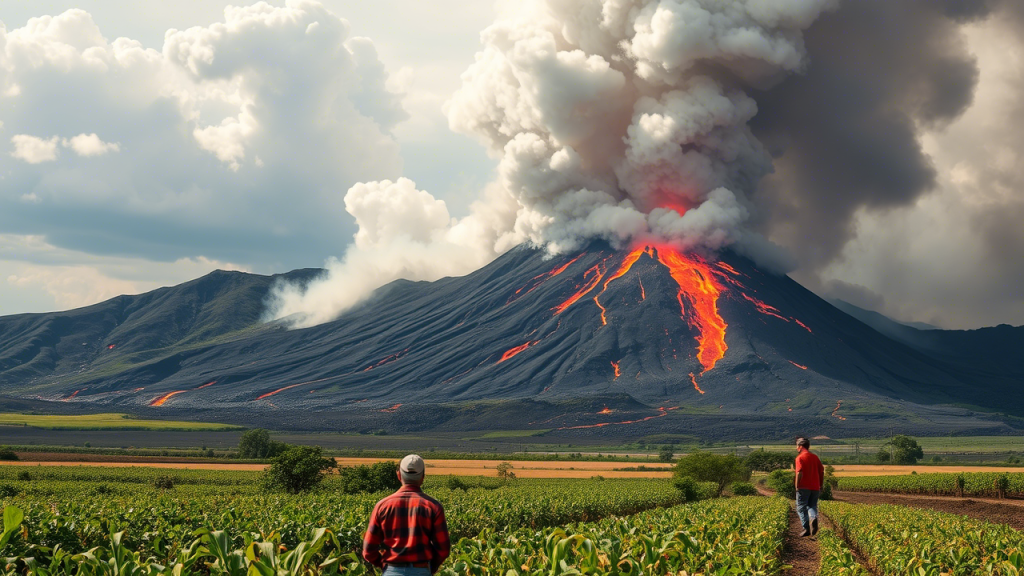
You can also check this for more key factors that contribute to climate change… Click here
How Climate Change is Impacting Agriculture
Here are some of the major ways climate change is affecting agriculture:
1. Unpredictable Weather Patterns
Farmers need consistent weather to grow their crops at the right time, but climate change makes this impossible to predict. Some areas are seeing longer dry periods, while others are experiencing excessive rainfall and floods. Increased sudden thunderstorms and heat waves are further damaging crops and making farm planning uncertain. If seasons keep changing in an unpredictable manner, there will be no guidelines for the farmers on when to plant and harvest, which ultimately will reduce the produce yield.
2. Increased Drought and Water Shortages

Water is an important factor in agriculture, but access to water is limited by several challenges posed by climate change. Rising temperatures increase the amount of evaporation, thereby reducing the soil moisture and water levels in lakes, rivers, and underground sources—unfavorable conditions for water irrigation and a possibility of crop failure. Many parts of the world already have farmers who are facing severe droughts that hinder the cultivation of enough food. Without proper water conservation, future generations may face even greater water shortages for farming and home.
To learn more about saving water in farming for the future, you can also check this : click here
3. Pests and Plant Diseases
The warmer temperature creates the best conditions for spreading pests and plant diseases. Several insects, including locusts and beetles, are now invading new areas, which they have never been before, damaging crops and reducing harvests. Oh, and fungi and bacteria, which thrive under warm and humid conditions, are making plants susceptible to diseases. Agrarian men dedicate larger amounts of time and money to protect their crops, but many of them still sustain losses. If climate change continues, these issues will only get worse, threatening food security around the globe.
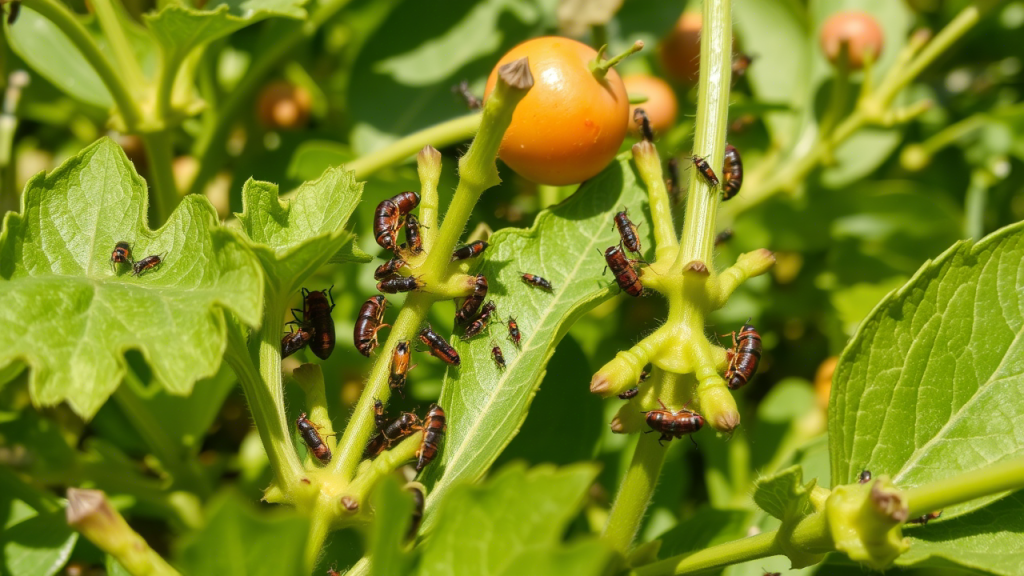
4. Soil Degradation and Reduced Fertility
Healthy soil provides for healthy crop growth, but extreme weather scenarios are ravaging farmlands. Heavy rainfall via erosion leeches valuable nutrients from the soil, while the escalating heat dries out and allows the land to lose its fertility. As the land keeps on degrading, it must take in more fertilizers and agrochemicals to yield the same amount of food, which raises costs and poisons water sources in the process. If soil health is not protected or restored, agricultural productivity is destined to suffer into the foreseeable future.

